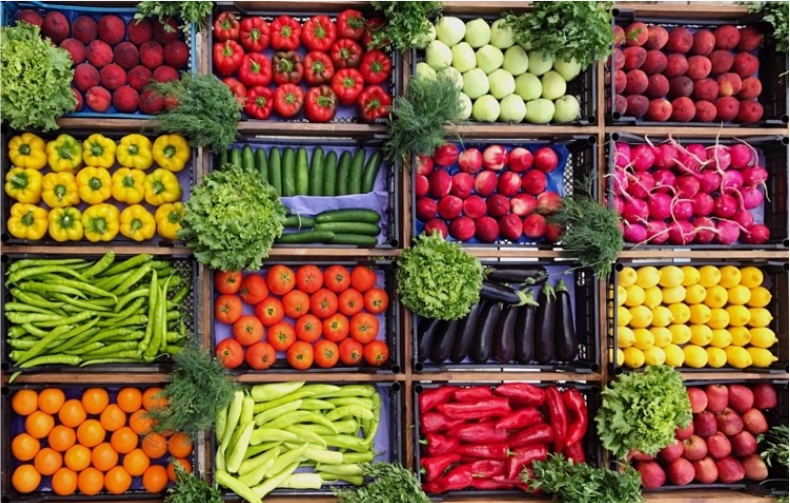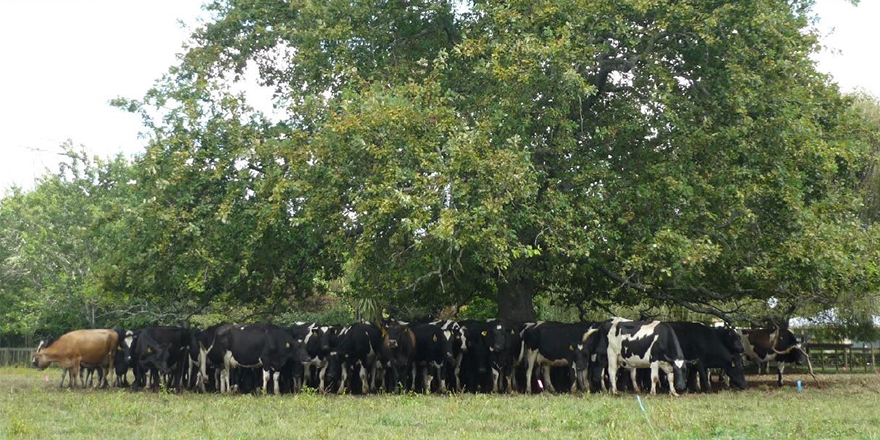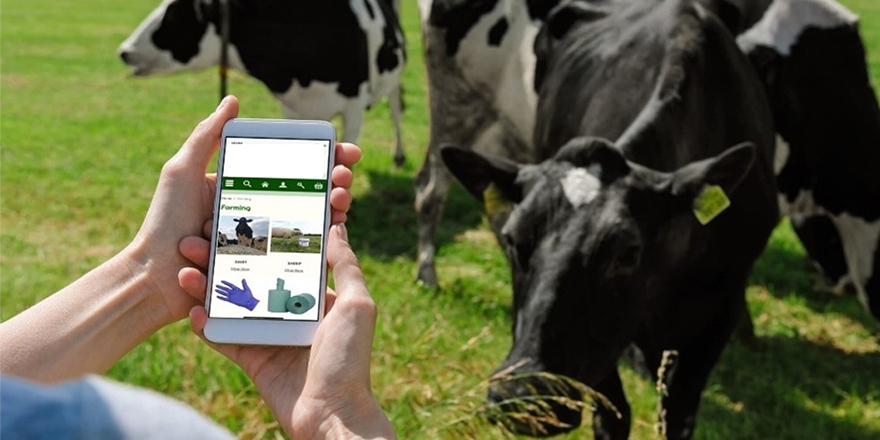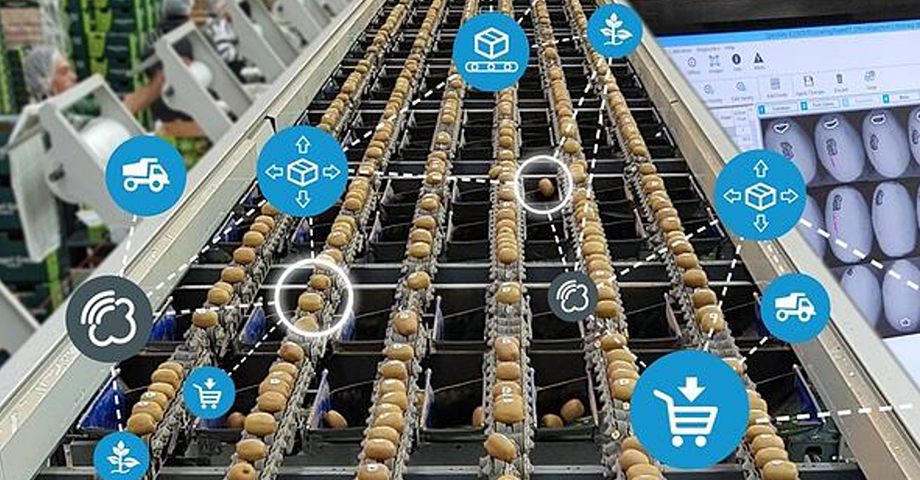
Executive Summary
This paper presents some significant empirical findings about generational cohorts, their grocery shopping behaviors and the implications of this for retailers. Marketing has long relied on the use of market segmentation. While birth age has been a useful way to create groups, it does not help to understand cohort motivations. Environmental events experienced during one’s coming of age create values that remain relatively unchanged throughout the life of the citizen.
This study investigates what the future of grocery is for Generation Z (Gen Z) and Generation Y (Gen Y / Millennials). We will also explore what impact Branding and Big Data have on the way Gen Y and Gen Z citizens consume.
Every generation needs to eat – the act of buying food will never go away – but how we buy food will certainly evolve with future generations. The future of shopping will focus more on experience and creative more seamless experiences. The future of grocery is all about citizen-choice – giving citizens the options they want at every stage of their lives. The future of grocery will be impacted by innovation in technology, and other ways to make shopping more of an experience, whether that’s in-person or digital.
The aim of this paper is to explore how supermarkets will evolve and consume in a post-Covid environment. We will look at Shopping Malls to understand how the environment has been transformed and what the population expects from these spaces. We will study how millennials consume and what attributes they are looking for in products.
This is important and these questions need to be answered as the economic environment for grocery stores is tough. Retailers are navigating the shift in citizen behaviour and there is a fundamental shift in the environment they operate in. The year ahead is characterised by unusually high uncertainty for the grocery industry. The development and trajectory of the industry will heavily depend on the evolution of the COVID-19 pandemic and how consumers will behave in response. Which consumer behaviors observed during the pandemic will stick?
What new trends might emerge post-pandemic? Will online grocery sales continue to accelerate? How can retailers make it profitable? Will food nationalism continue, or will focus shift to trading down and price? Will safety and health be important factors? How about the broader topics of sustainability and climate change? This report aims to address these questions.
The methodology used for this report involved a literature review and thematic analysis which looks into the recurring themes of Big Data, Retailers and Citizens.
The literature review was the major component of the research including resources from domestic and international publications, opinion pieces and industry reports into the topic of groceries/supermarkets, the current environment and the future.
Themes related to consumption patterns were discussed. Key findings were that Generational cohorts are not the same as generations 1 (Markert, 2004).
Each generation is defined by its years of birth; while a generation typically is 20–25 years in length, or roughly the time it takes a person to grow up and have children, a cohort can be as long or short as the external events which define it. Generational cohorts are set apart by cataclysmic events that produce a change in the values, attitudes, and predispositions in a society. These events create a discontinuous historical timeline; such secular change events can be characterised as a ‘sense of rupture with the past’2 Millennials and Gen Zs have grown up with technology and they are using this in their quest to purchase the perfect product in the perfect way.
We have compared Gen Z and Gen Y with Baby Boomers and Gen X who value the retail experience and in-store service. For Baby Boomers, the purchase process starts with a retailer the consumer trusts, who gives advice for choosing the right product, while for GenZ and Y, the purchase process starts with choosing a product. This study investigates retail strategies that will appeal to younger generational cohorts and considers how retailers should be building citizen relationships. The key insight for brands is that Gen Y & Z all about authenticity. They want to present themselves as they truly are. They expect a brand to take a position. To be respected for its values and demands, a brand must demonstrate them in a concrete manner, and shift from words to actions.
Other key findings:
a) Getting online will continue to be an imperative for New Zealand producers. It is hard to imagine or even remember, but as little as 18 months ago, some of the biggest food and beverage makers still had no direct-to-consumer (DTC) ecommerce channels.
b) This pandemic is driving citizens to focus on “preventative eating” or “proactive eating.” New and innovative superfoods marketed to boost immunity will be one of the top food and beverage industry trends in 2021, whether it comes in the form of mushroom coffee, algae capsules, no- or low-alcohol beverages, or bone broth.
c) The climate crisis is driving demand for plant-based products. Demand for the latest generation of plant-based products isn’t just due to health goals
d) Citizens will be more cost-conscious. Even before the recession, customers were looking for ways to cut everyday costs, with more than half looking for ways to reduce their grocery bills.
e) Citizens will continue to look for greater transparency and connection to brands. Citizens may have tighter budgets, but that doesn’t mean they’re willing to cut corners when it comes to their health or personal values systems. Instead, they’re carefully reading the labels to find out not just what goes into their food, but where and how it’s made.
f) New recipes for engagement and sales may prove more popular than familiar favorites. Citizens anticipate they’ll continue to recreate big nights out in the comfort of their homes—even post-pandemic.
g) Citizens don’t think in terms of channels—they expect an outstanding shopping experience from clicks to bricks. To meet growing customer expectations, retail store owners within malls need to focus on an omnichannel approach with a unified online-offline experience.
h) Would we be better off moving to deliveries of food from local producers and suppliers directly to the citizens? It’s not that straightforward. Many farmers choose to sell their produce to supermarkets, despite retaining under a third of the retail price on average, as it is more efficient and reliable.
My recommendations are:
Supermarkets get closer to the customer – A real opportunity exists for retailers to secure new customer data. Gleaning insights successfully can increase the lifetime value of each customer.
Retailers ‘woo’ citizens with Experiences and Speed – Coupling experience with speedy fulfillment will go a long way toward meeting this generation’s expectations.
Don’t abandon stores – Reimagine them to create a digitally connected, interactive and hyper-personalized physical shopping experience.
Introduce concepts and focus on “cool” social media – Many products are the same and have become commodities. Citizens differentiate between products by their experience with them.
Overload on feedback – Gen Zs value feedback from their family and friends, suggesting that retailers no longer own the review process. Brands should also look at collecting shopper product testimonial videos – an authentic approach that adds tremendous credibility.
Focus on Ethical and Environmentally Friendly Products – There is accumulating evidence that consumers are impacted by the perceived sustainability of [a] brand, and that consumers are willing to pay a premium for products from a sustainable brand over a non-sustainable competitor brand.
Download and read the full report here




